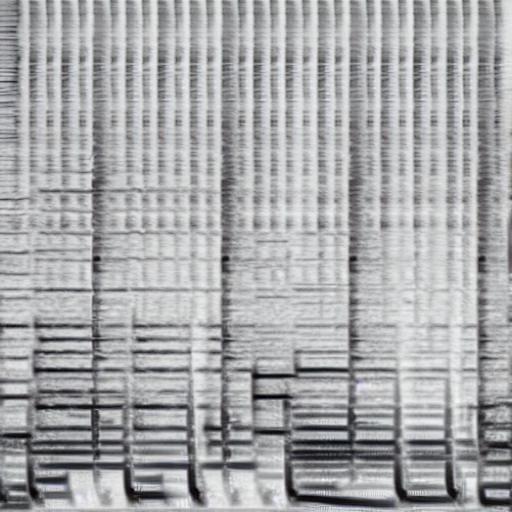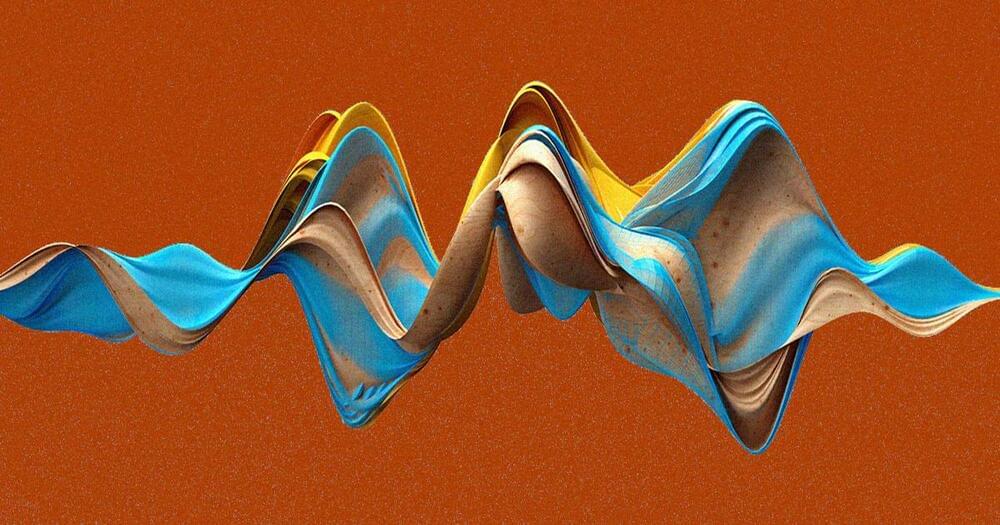Archive for the ‘media & arts’ category: Page 48
Dec 14, 2022
The viral AI avatar app Lensa undressed me—without my consent
Posted by Gemechu Taye in categories: media & arts, robotics/AI
My avatars were cartoonishly pornified, while my male colleagues got to be astronauts, explorers, and inventors.
When I tried the new viral AI avatar app Lensa, I was hoping to get results similar to some of my colleagues at MIT Technology Review. The digital retouching app was first launched in 2018 but has recently become wildly popular thanks to the addition of Magic Avatars, an AI-powered feature which generates digital portraits of people based on their selfies.
But while Lensa generated realistic yet flattering avatars for them—think astronauts, fierce warriors, and cool cover photos for electronic music albums— I got tons of nudes.
Dec 14, 2022
AI That Generates Music from Prompts Should Probably Scare Musicians
Posted by Quinn Sena in categories: media & arts, robotics/AI
Musicians, we have some bad news. AI-powered music generators are here — and it looks like they’re gunning for a strong position in the content-creation industry.
“From streamers to filmmakers to app builders,” claims music generating app Mubert AI, which can transform limited text inputs into a believable-sounding composition, “we’ve made it easier than ever for content creators of all kinds to license custom, high-quality, royalty-free music.”
Of course, computer-generated music has been around for quite some time, making use of various forms of artificial intelligence to come up with results that can sound equally manmade and alien.
Dec 13, 2022
The Halo Drive
Posted by Dan Breeden in categories: cosmology, media & arts, nuclear energy, physics, space travel
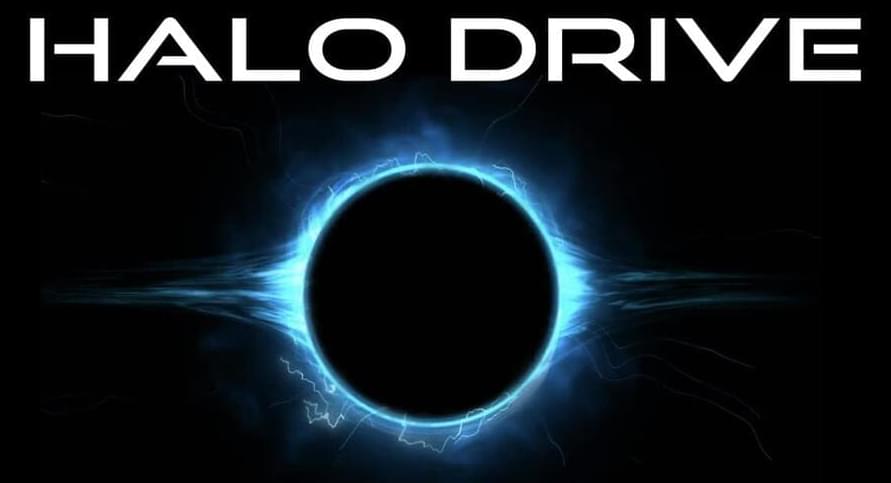
How could we one day travel between the stars with real physics? Perhaps the greatest challenge to interstellar flight is energetics — it takes vast amounts of energy to accelerate even small ships to 20% the speed of light. But what if we could steal that energy from where? Perhaps even a black hole. Enter the “halo drive”, a video by Prof David Kipping based on his new peer-reviewed research paper on the subject.
This video is based on research conducted at the Cool Worlds Lab at Columbia University, New York. You can now support our research program directly here: https://www.coolworldslab.com/support.
Dec 13, 2022
Becoming a Kardashev Type I Civilization
Posted by Dan Breeden in categories: energy, media & arts, space, sustainability
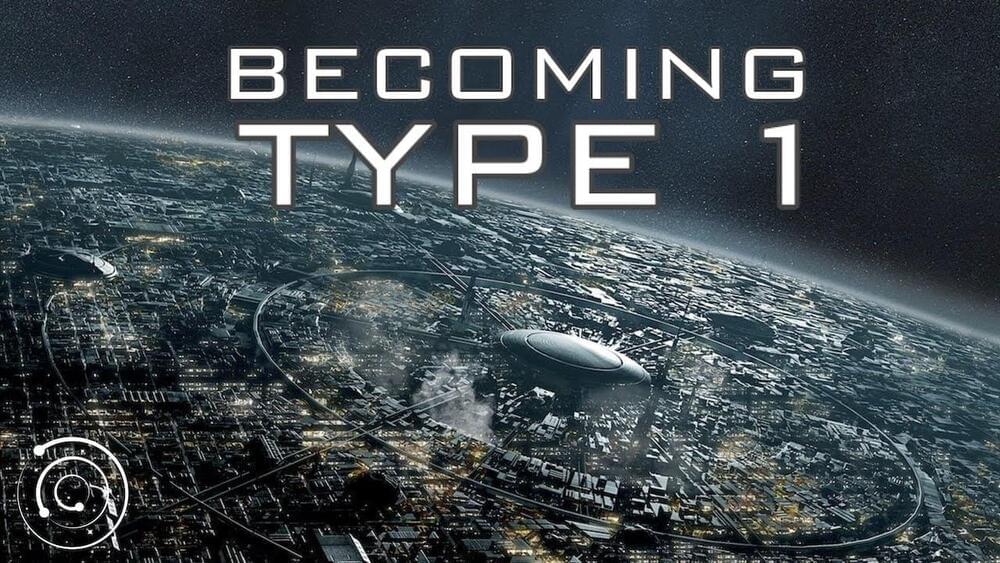
The Kardashev Scale has become a standardized way of classifying (hypothetical) advanced civilizations. The lowest rank, Type 1, is still way ahead of us — but by how much? When will we achieve Type 1 status and exactly how could we plausibly do so? In this video, we go through some estimates of when humanity might become Type 1, and in particular what kind of energy sources we could harness to achieve this feat.
You can now support our research program and the Cool Worlds Lab at Columbia University: https://www.coolworldslab.com/support.
Continue reading “Becoming a Kardashev Type I Civilization” »
Dec 13, 2022
Traveling Back in Time
Posted by Dan Breeden in categories: cosmology, education, media & arts, physics, space travel, time travel

Backwards through time? We travel forwards every day, but traveling back could let us change our past, visit old friends, or manipulate the timeline to our benefit… Although our knowledge of space and time remains incomplete, we can still use what we know to consider possible time machines. But what kind of paradoxes would this entail and how can we resolve them? Join us today on a special journey through time.
An educational video written and presented by Professor David Kipping.
Dec 13, 2022
The Problem With “The Rare Earth Hypothesis”
Posted by Dan Breeden in categories: alien life, media & arts
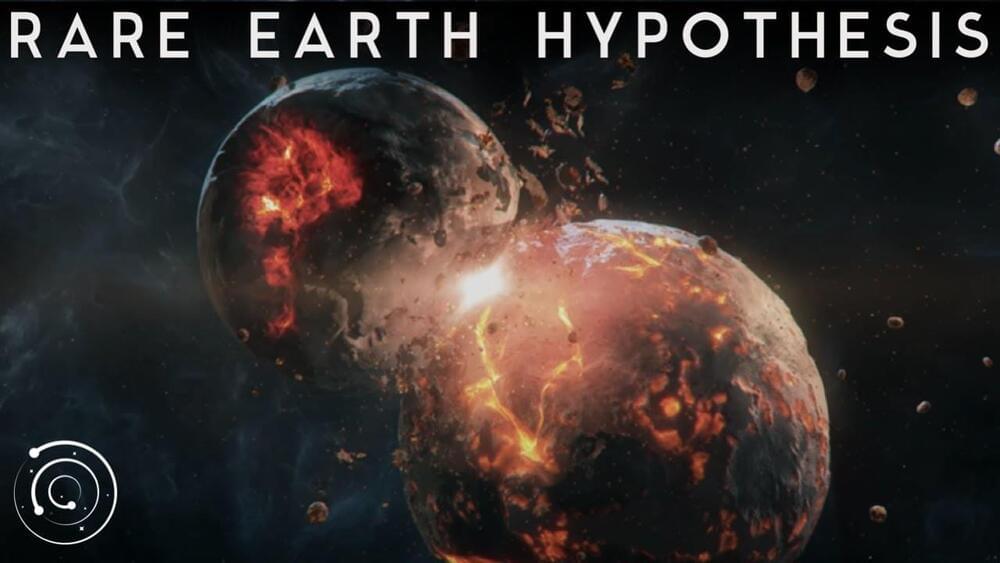
The Rare Earth Hypothesis suggests that our planet may the product of an incredibly improbable sequence of events, and thus perhaps intelligent life is extremely rare in the cosmos. Here we tackle this highly influential idea and the arguments behind it. But, digging deeper, we’ll uncover some problems with the Rare Earth idea — some of which strike to the very core of our scientific quest.
Written & presented by Prof David Kipping.
Continue reading “The Problem With ‘The Rare Earth Hypothesis’” »
Dec 13, 2022
The Truth About AI Getting “Creative”
Posted by Kelvin Dafiaghor in categories: media & arts, robotics/AI

Let’s talk about AI Art, Lensa, ChatGPT, and why it’s all deeper than you think.
Save money with Karma at https://shop.karmanow.com/marques_dec22 and get double the Karma cash for a limited time!
Dec 10, 2022
How Strong Would Be a Black Hole the Size of a Coin
Posted by Dan Breeden in categories: cosmology, media & arts, quantum physics
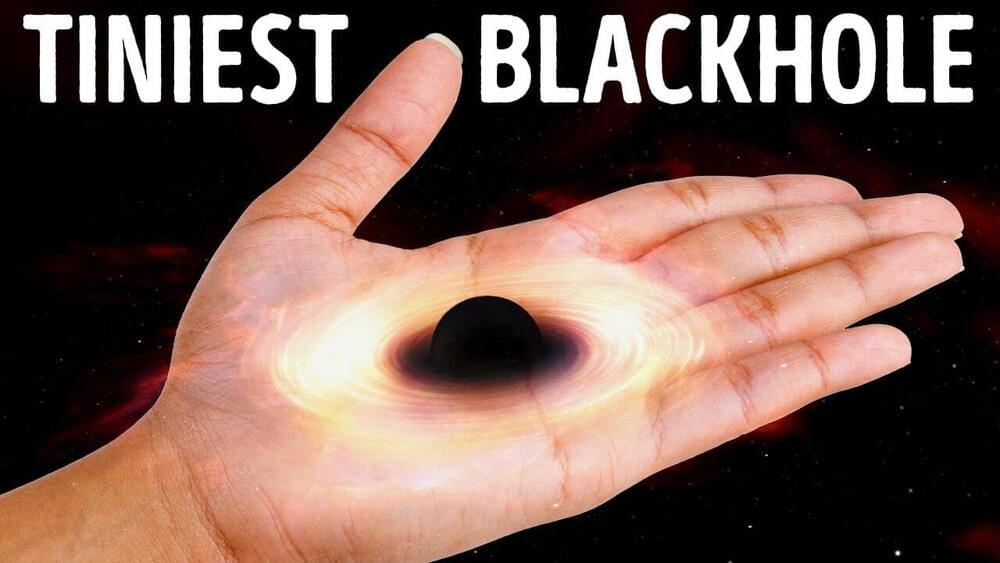
Black holes are known as the most terrifying, mysterious, and fascinating objects in the Universe. Eternally hungry, they eat everything in their path and are constantly expanding. But how small and how big can a black hole be? Unlike stars and planets, black holes have no size restrictions. They grow when they eat the matter around them. Does it mean that they can be not only super large but super small? Let’s find out!
#brightside.
Continue reading “How Strong Would Be a Black Hole the Size of a Coin” »
Dec 9, 2022
HEXATRACK-Space Express Concept Connecting Lunar &Martian City (Lunar & Mars Glass) and Beyond-SHORT
Posted by Jose Ruben Rodriguez Fuentes in categories: media & arts, space, virtual reality
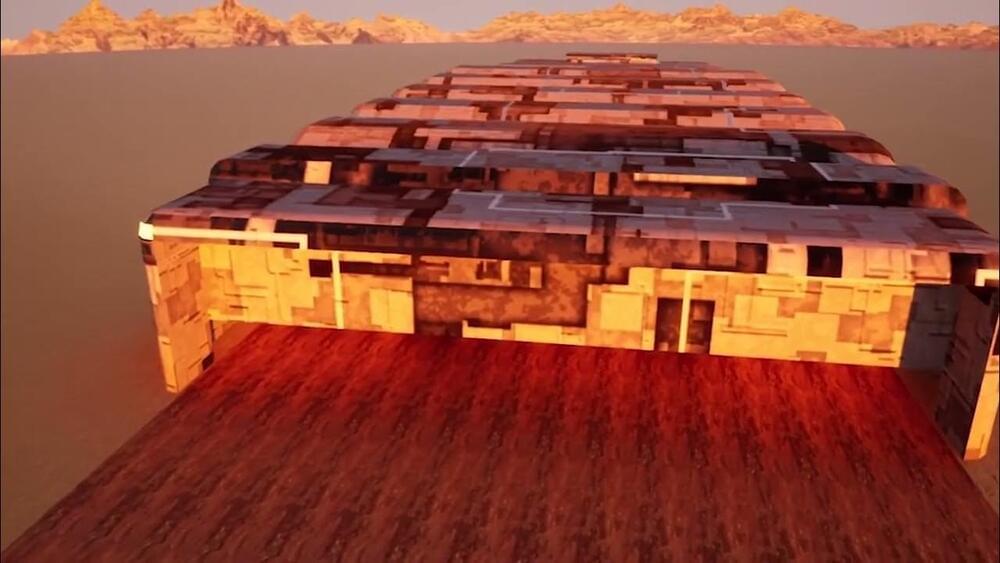
HEXATRACK-Space Express Concept Connecting Lunar &Martian City (Lunar & Mars Glass) and Beyond — SHORT VERSIONHEXATRACK-Space Express Concept, designed and created by Yosuke A. Yamashiki, Kyoto University.
Lunar Glass & Mars Glass, designed and created by Takuya Ono, Kajima Co. Ltd.
Visual Effect and detailed design are generated by Juniya Okamura.
Concept Advisor Naoko Yamazaki, AstronautSIC Human Spaceology Center, GSAIS, Kyoto UniversityVR of Lunar&Mars Glass — created by Natsumi Iwato and Mamiko Hikita, Kyoto University.
VR contents of Lunar&Mars Glass by Shinji Asano, Natsumi Iwato, Mamiko Hikita and Junya Okamura.
Daidaros concept by Takuya Ono.
Terraformed Mars were designed by Fuka Takagi & Yosuke A. Yamashiki.
Exoplanet image were created by Ryusuke Kuroki, Fuka Takagi, Hiroaki Sato, Ayu Shiragashi and Y. A. Yamashiki.
All Music (” Lunar City” “Martian”“Neptune”) are composed and played by Yosuke Alexandre Yamashiki.
